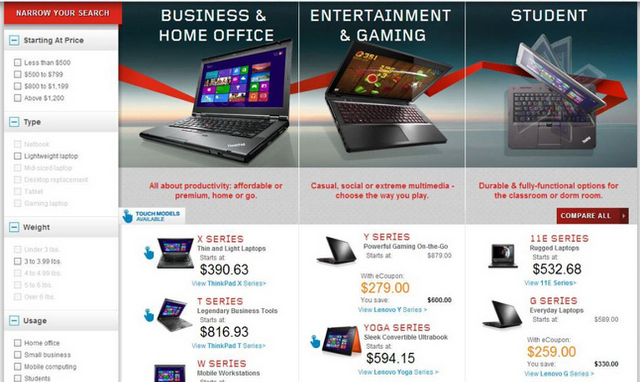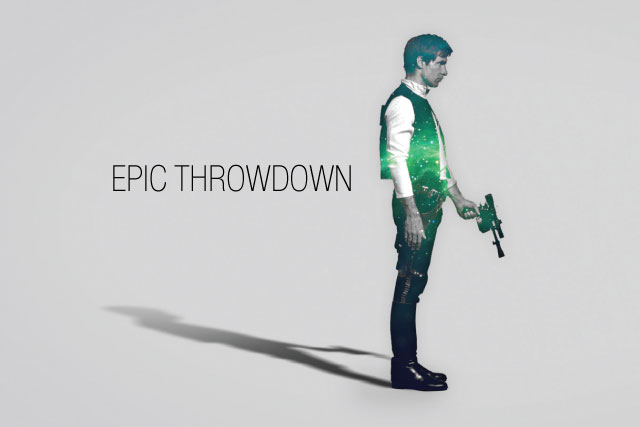Sorry for leaving you hanging for the last couple of weeks. We were in Brazil taking in some sun, visiting the sites and watching the beautiful game.
A couple weeks ago, Lenovo advertised their Y410p and Z510 model laptops in a “doorbuster” sale for $279 and $255. They regularly retail for $1389 and $1099, respectively. Many of my friends jumped on the bandwagon, ordering several units for themselves and their families. I didn’t bother. The deal seemed too good to be true. Long story short, orders were cancelled by Lenovo which set off the online firestorm #lenovogate. I wasn’t surprised. In fact, I’ve been burned by Lenovo before.
Lenovo advertised the sale of two mice for nearly 90% off back in 2011. Each mouse, which regularly retail for around $80-90, were available for $6 and $20. I quickly made my order online and promptly received a confirmation email indicating a successful transaction had occurred. A day later, I received another email indicating that there was a price error for both mice; Lenovo cancelled the order.
In 2012, Lenovo advertised their high end laptop ThinkPad X220, retailing around $1500, for $350. That time, orders went through, cards were charged and laptops were shipped – only to have Lenovo intercept the packages and reroute them all back. To add insult to injury, it took a couple weeks for consumers to get their refund.
Lenovo has offered $100 off the future purchase of a laptop until August 3, 2014 as a gesture of goodwill for cancelling the Y410p and Z510 orders but with a history of pricing bumbles, the effort is too little too late. Rather than appeasing potential customers, Lenovo is effectively allowing the brand to be associated with pricing errors and disappointment. It’s understandable for companies not to honour pricing errors and consumers technically aren’t owed anything if money has not changed hands. Lenovo may not be required to fulfill the orders but from the looks of it, they’ll lose out on several future orders.
At what point should companies honour their price errors?
I don’t even remember how long ago it was when I set up my first bank account. It was years ago and I did so with the help of my dad at one of the big 5 Canadian banks. I still have that account today and have relied on it ever since. But why should I?
William Bernstein’s newly published booklet, If You Can: How Millenials Can Get Rich Slowly, dissects an investment strategy “that a seven-year-old could understand, will take you fifteen minutes of work per year, outperform 90% of finance professionals in the long run and make you a millionaire over time.” Interested? Pack a towel. This is the hitchhiker’s guide to getting rich.
Near the end of 2013, Jeff Rose of Good Financial Cents initiated a challenge for investors to grow $1000 over the course of a year. Drawing inspiration from the legendary rivalry between Han Solo and Boba Fett, he coined his challenge the Grow Your Dough Throwdown (GYDT). The purpose of GYDT, first and foremost, is to show newb investors how easy it is to invest. Putting his own money on the line, Jeff invested through several different online brokerages to demonstrate the many options and strategies. He tracks his investments’ monthly progress in his blog. At the end of the year, the throwdown should erase preconceived notions that investing is too difficult or requires a lot of money to start with.





